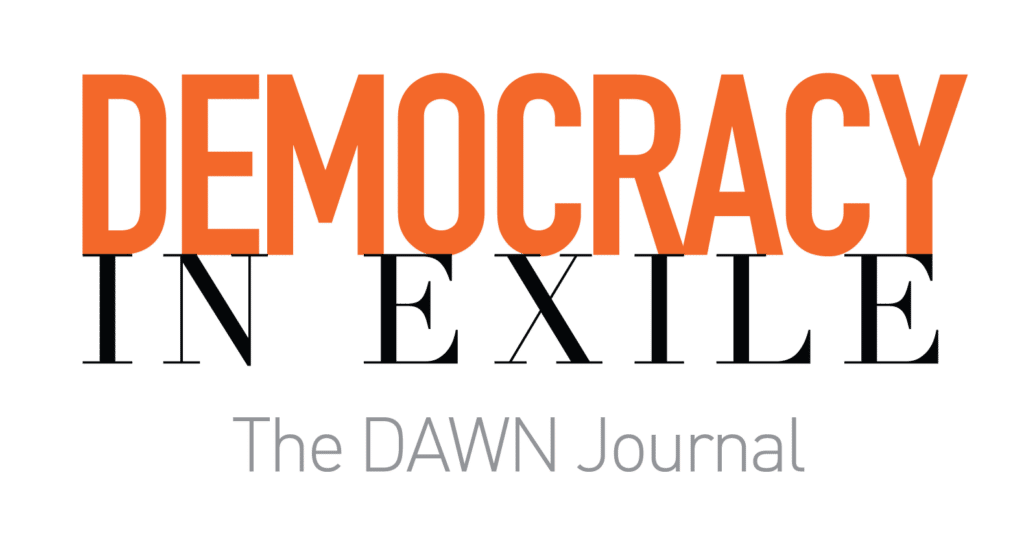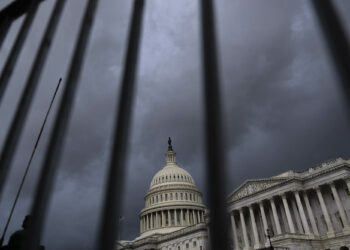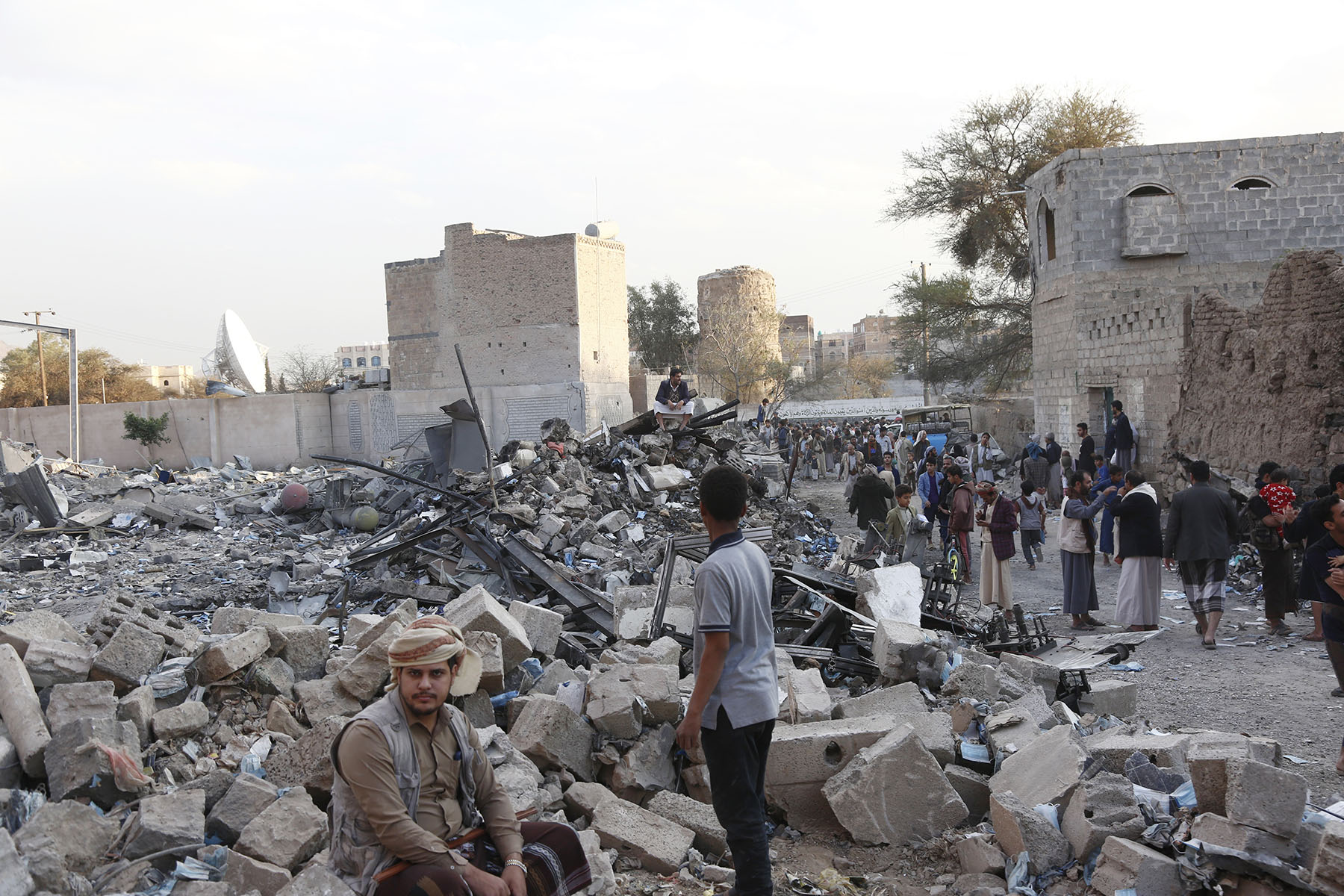Thijs Van de Graaf is an Associate Professor of international politics at Ghent University in Belgium, where he also co-coordinates the Ghent Institute for International and European Studies.
At first sight, the cut in oil production by OPEC+ announced in early October, by two million barrels per day, might look justified due to lingering fears of a global recession and weak demand for oil, especially in China. Oil prices already lost a third of their value between June and September, dropping from $120 to $80 a barrel. The International Energy Agency has lowered its forecast for oil demand growth this year from 3.2 million barrels per day before Russia's invasion of Ukraine to just 1.9 million barrels per day in October. Governments in OPEC+ are spooked by fears of a replay of the oil price crashes of 2008, 2014 and 2020, which depleted their public finances.
Moreover, the oil cuts are less dramatic than they appear. OPEC+ has been producing below its quota for some time due to capacity constraints. In September, the shortfall was some 1.24 million barrels per day. This is why the actual OPEC+ production cuts, which went into effect on Nov. 1, are expected to come in at around 1 million barrels per day. Some analysts even think the effective output cut, measured from current production levels, could be as little as 230,000 barrels a day. If so, the oil cartel's decision seems to be a case of adjusting the quota to match actual production levels, not the other way around.
Yet not everyone agrees that the move by OPEC+ is justified. The International Energy Agency said the cut "increases energy security risks worldwide" and that higher oil prices "may prove the tipping point for a global economy already on the brink of recession." The world has already been hit by the worst global energy crisis since the 1970s, along with rising inflation, interest rates and food prices. The strong dollar has worsened the cost of oil for importers.
While OPEC+ has focused heavily on lower expectations for demand, though, a storm is brewing on the supply side.
OPEC+ is trying to seize back control of the oil market. One could say that a broader oil war has emerged between Saudi Arabia and the U.S., parallel to the gas war between Russia and the EU.
- Thijs Van de Graaf
To begin with, the oil market has been balanced over the past few months by the largest release of strategic oil stockpiles in history. In March, the 31 member countries of the International Energy Agency decided to sell more than 200 million barrels of emergency oil stocks over the next few months, with 180 million barrels supplied by the United States alone. This comes down to a daily injection of almost 1 million barrels per day, the equivalent of the output of a midsized oil producer such as Oman.
Such stock releases cannot be sustained indefinitely, however. Strategic oil reserves are a finite resource, and they are supposed to be reserved for emergencies only. As of late October, the U.S. Strategic Petroleum Reserve contained 401 million barrels, the lowest amount since May 1984. In December, when the U.S. releases the last tranche of the 180 million barrels from the reserve that President Joe Biden announced last spring, it will only add about 500,000 barrels of oil a day to the market. Moreover, instead of further releasing stocks, U.S. officials now talk about plans to refill the strategic reserve to previous levels in the coming years, guaranteeing to replenish it if oil prices "are at or below $67-$72 a barrel," according to the White House.
Second, the oil market needs to brace for the impact of the coming European ban on Russian oil. In less than six weeks, starting on Dec. 5, one day after OPEC+ will hold its next meeting, the EU will ban seaborne imports of Russian oil, and from Feb. 5, 2024, it will also ban imports of refined Russian petroleum products such as diesel, under sanctions imposed since the outbreak of Vladimir Putin's war in Ukraine. These EU sanctions will cut at least 90 percent of oil imports from Russia. A small exception is being made for Russian crude oil sales through the southern leg of the Druzhba oil pipeline, one of the world's largest, which supplies Russian oil to much of central Europe—that is, at least, if Russia does not cut that supply route itself in retaliation.
To prevent Russia from pivoting its oil sales to other countries, the EU's ban also prohibits the provision of insurance and other services to tankers carrying Russian crude anywhere in the world. What makes this provision so potentially significant is that 90 percent of the world's shipping insurance is done through London-based insurance groups, which access European reinsurance, meaning they rely on EU regulations.
The EU maritime insurance ban could be overridden by a U.S. proposal to cap the price of Russian oil exports, also leveraging the EU's central position in the global maritime insurance industry. The oil price cap has received the backing of the finance ministers of the Group of Seven countries, yet many questions remain as to how exactly this cap would be implemented. Since late February, Russia's seaborne crude exports have remained stable at around 3.1 million barrels per day, yet Asia has increased its imports by more than 1.2 million barrels per day as flows to Europe declined ahead of the embargo.
OPEC+ ministers took a high-stakes and potentially perilous gamble when they decided to slash oil output in the face of so much uncertainty over both demand and supply.
- Thijs Van de Graaf
Both of these factors—the emergency release of oil stockpiles and the proposed oil price cap—have angered OPEC+ members and particularly Saudi Arabia. Saudi Energy Minister Prince Abdulaziz criticized Western importers for trying to tame prices by selling down their strategic reserves and, in his words, "using them as a mechanism to manipulate [oil] markets."
In addition, Washington's plan to impose a price cap on Russian oil has caused alarm among many OPEC governments, which fear the measure could be used against them in the future too. The cartel's output cut, then, essentially serves notice that OPEC+ will not tolerate the emergence of any kind of rival buyers' cartel.
With the production cuts, OPEC+ is trying to seize back control of the oil market. One could say that a broader oil war has emerged between Saudi Arabia and the U.S., parallel to the gas war between Russia and the EU. And the stakes are high: It is a huge gamble to slash oil output at a moment when Brent oil prices are hovering at around $90 per barrel and on the eve of a potentially major disruption in Russian oil exports.
Altogether, the production cut by OPEC+, the impending end of releases from emergency oil stockpiles by the U.S. and other countries, and the EU's upcoming ban on Russian oil imports could create very tight markets, both for crude oil and oil products such as diesel during this upcoming winter. There are few supply-side measures that could tackle the tightness. U.S. oil production is still below its pre-pandemic levels, for instance, as frackers focus on profitability rather than production growth and after many refineries shut down during the pandemic. Investors have become increasingly wary of spending money on upstream oil development, such as drilling and exploring for new wells, given the long lead times of such projects and the uncertainty over future oil demand in net-zero scenarios.
The biggest uncertainty now lies with Russia's oil output after the EU embargo takes hold next month. If there is a major disruption and markets turn tight, we could see the emergence of bidding wars just as we have seen for liquefied natural gas over the past few months. Poorer nations and households risk getting squeezed the most.
OPEC+ ministers took a high-stakes and potentially perilous gamble when they decided to slash oil output in the face of so much uncertainty over both demand and supply. The oil market so far took OPEC+'s decision with caution. Oil prices edged up only 9 percent in October. But the biggest test is yet to come.







































